2017 – USA
The ‘Great American Eclipse’ of 2017 should have been the most accessible in my eclipse chasing career. It was a very special eclipse, and will always remain a highlight in my life. I did not expect to face so many barriers to engage in my outreach and community planning work, which to do in full required a US visa. In the end, I was able to support many communities through their process of community eclipse planning, but the US processing of my visa application was a shambles, and after their many errors I was finally approved – in 2018. The cost to my own personal finances was significant, and as a result, I had to take a long pause away from my eclipse outreach activities.
I had been working to help prepare for the 2017 total eclipse for almost three years. This was such a unique eclipse, as the path of totality made landfall across 14 states in the U.S. Over 1,000 communities lay within the path of totality, and none of these communities had ever experienced a total eclipse in living history. 12 million people lived within the path, and millions more traveled on the day to see it.
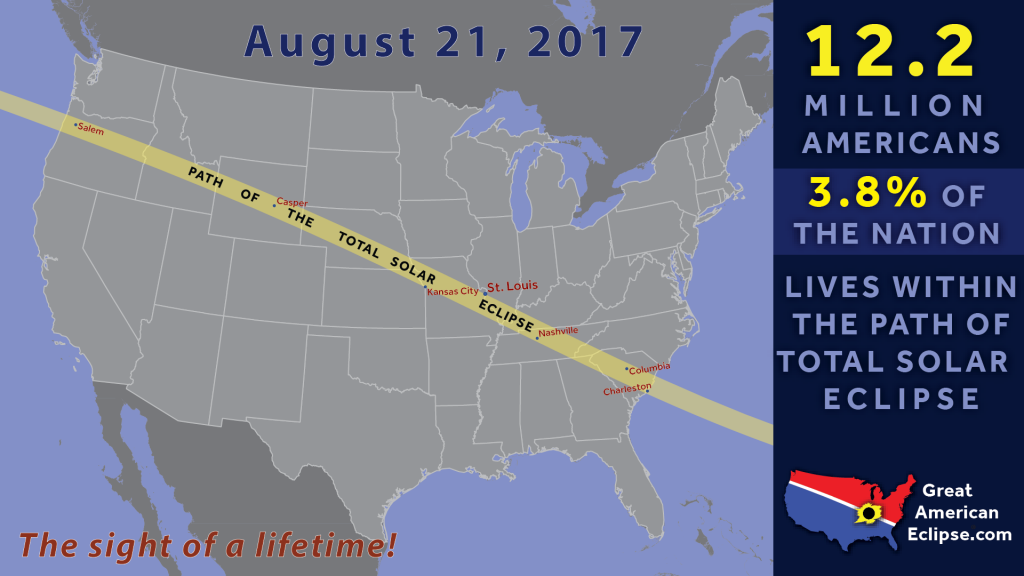
I linked in with the American Astronomical Society Eclipse Planning Task Force back in 2014, where I attended their first meetings about the eclipse online. At that time, I was already helping the Faroe Islands in their eclipse preparations, drawing upon the lessons I learned from the eclipse in my home region in 2012. I was easily able to engage in community eclipse preparations there, relocating in the weeks before the eclipse without any visa issues! Following the total eclipse of 2015 in the Faroe Islands, I developed the White Paper in Community Eclipse Planning.
In August 2015 I was invited to deliver two presentations at the American Astronomical Society Eclipse Planning Task Force meeting. It was at this meeting that I launched the White Paper, sharing lessons on how to prepare communities across the whole path. I was aware that no other individual attending these meetings had prior experience of helping prepare communities for eclipses. It was soon after this that I was strongly encouraged to apply for a US visa to allow for me to be on the ground leading up to totality 2017, and I had incredible support from many organisations and individuals who wrote very detailed letters of support to highlight my unique contributions.
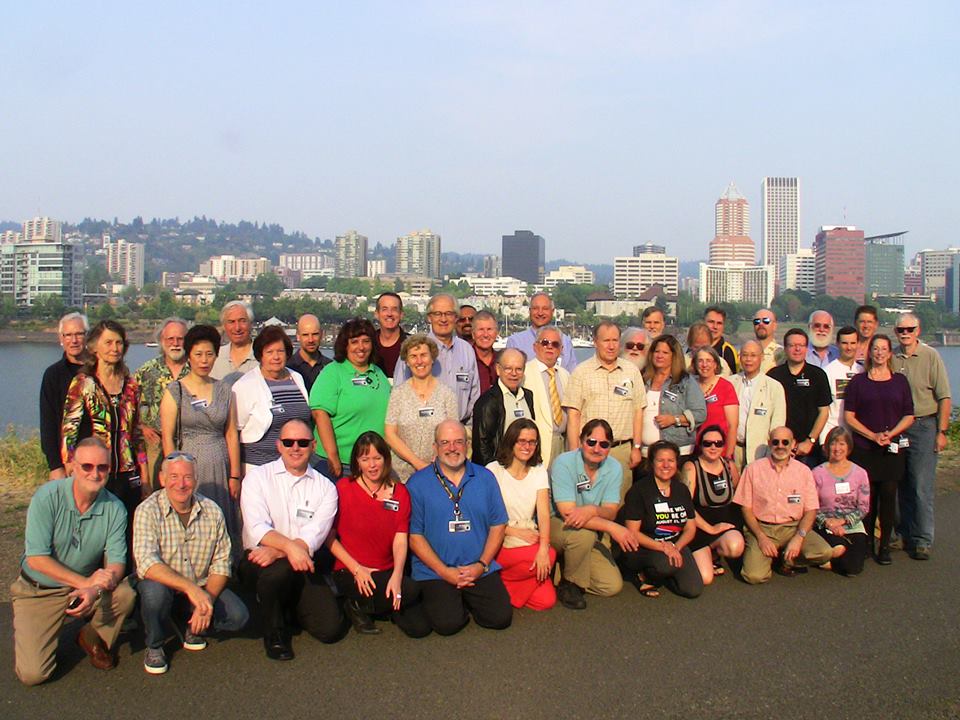
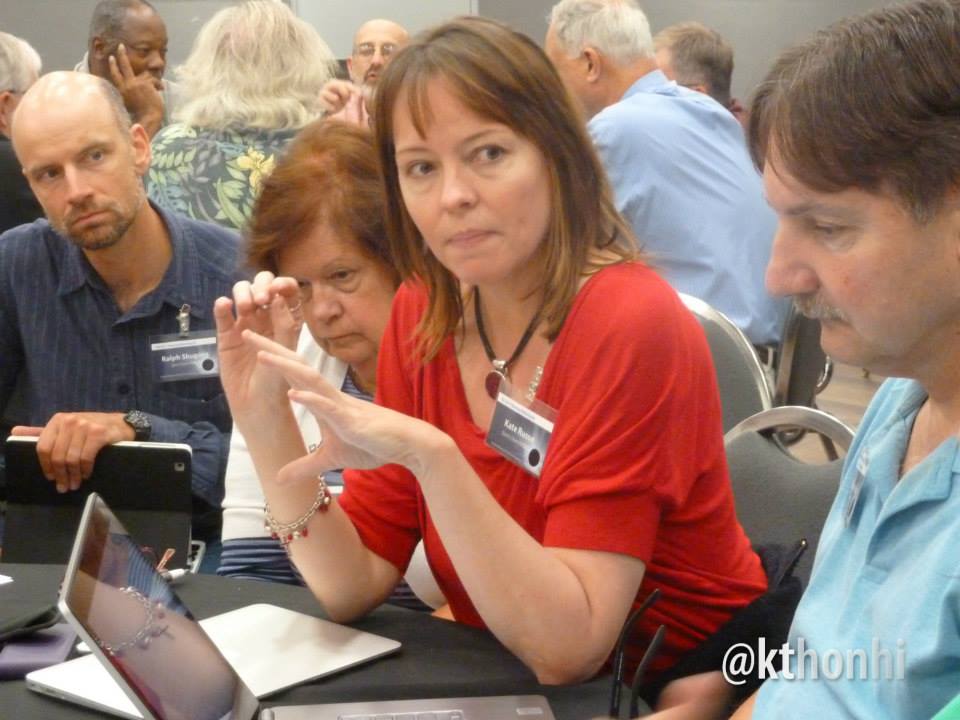
I also put together my own viewing plans with The Independent Traveller, arranging to view from Wyoming.
I started participating in the monthly teleconference with the NASA Eclipse Outreach Networking group, in early 2016. I also commenced my web consultations with Eclipse Coordinators across the path of totality. I was scheduling an average of three consults per week, providing free support and guidance to communities right across the path of totality. I was approached by tourism groups, chamber of commerces, and other key organisations, and provided key information and personalised guidance about preparing for the eclipse. I also delivered lectures and workshops about the eclipse of 2017 in Ireland and the UK, and online to various places across the US.
In August 2016, one year before the eclipse, I did a quick survey of eclipse chasers to identify what they were planning for the eclipse. I used this information to inform my eclipse consultations and to feed into eclipse preparations in the US.
One of the early challenges of US eclipse planning was that there were very few official resources describing how big the 2017 eclipse was going to be. Prior to 2016, there was nothing official from NASA; no official page from the AAS, and no official documents or guidance. Having been involved in eclipse planning in the Faroe Islands where I was involved TWO YEARS before the eclipse, I found the lack of coordination of resources in the US quite alarming. This was the reason I set to work to publish my White Paper on Community Eclipse Planning.
Immigration applications are hugely time-consuming and costly, and took months of full-time work and preparation, which did limit the time I had to actually do outreach. But finally, in November 2016 my Immigration case was approved. I had successfully shown that I was an ‘Alien of Exceptional Ability’ – I was a highly skilled individual; I was a recognised international expert on the eclipse experience and eclipse planning; and that the work I would be doing was in the National Interest. This meant I could properly plan my outreach tour and provide the much-needed guidance on the ground in the 6 months leading up to totality 2017.
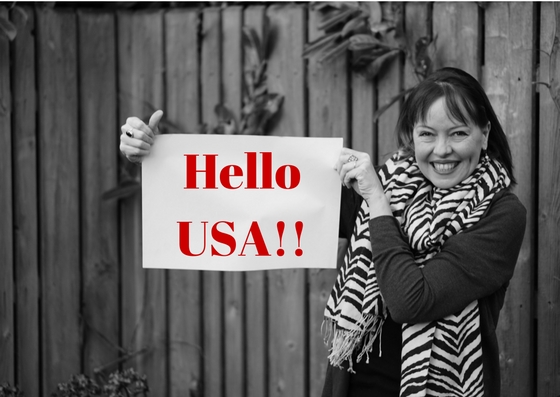
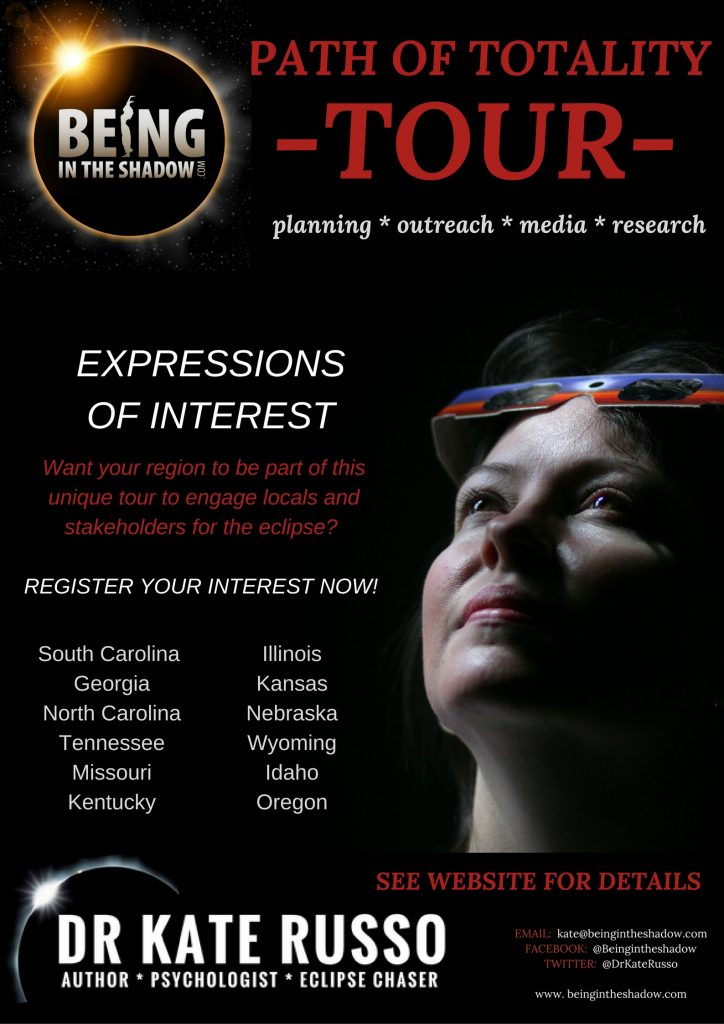
I had already been planning my path of totality consulting tour for almost two years. In January 2017 I announced an Expressions of Interest for my Path of Totality Outreach Tour, developing a detailed program of outreach activities. I was inundated with requests to come to provide in-community support. 31 communities reserved my involvement, which equated to 90 days of activities, involving 180 events. I started more detailed preparations, while also continuing to do free consultations with communities I was to visit.
In the meantime, the final stage of my visa processing had stalled. Despite having received confirmation of acceptance, US immigration officials made so many administrative errors in the final processing – many errors were impossibly trivial. Each error they made took weeks for them to correct, and the process was frustrating and abrasive. For a period of time, while my visa application was in progress, I was unable to travel to the US, and I was unable to attend any further AAS Eclipse Planning meetings, and I had to delay the start of my outreach tour as these trivial errors continued.
Repeated requests to expedite my visa were unsuccessful, even with urgent letters from very helpful individuals from leading US authorities including NASA and the AAS. Sadly, I had to cancel my tour and withdraw my planned in-community support to over 30 communities. Despite these barriers, I continued to do what I could from the UK.
I was able to visit the US briefly in June 2017 with the support of several communities in Nebraska, where I was then able to undertake some pre-eclipse planning events and free public lectures which were very well attended. I also did extensive media and was featured across major networks in print and TV.
Frustratingly, my visa was STILL not processed in time to actually travel to the US to lead my US tour and see the eclipse. As a result, I was significantly restricted in the number of outreach activities I could take part in for those final weeks – at the time of greatest need and demand. This negated three years of planning and focus.
I was able to experience the total eclipse of 2017 in wonderfully clear skies based in one of the most beautiful locations in the path in the Teton Valley. I shared this experience with my fellow tour participants with The Independent Traveller, and we were able to intimately experience and share this memorable and awe-inspiring eclipse. Despite the many challenges, the total eclipse will remain one of my favourites. See my blog post for details on what was experienced on the day, and the BBC interview I recorded live just minutes before totality.
Following the eclipse, I still completed the planning insight interviews, along with gathering personal stories and interviews about the eclipse experience from many Americans, despite the significant financial cost as this material was essential for future eclipse planning and the projects were time-critical.
Since then, I have had to put my eclipse outreach and research activities on hold, as I can no longer commit any further personal resources towards eclipse outreach However, the work I undertook in those three years was immensely helpful to many communities across the path. This work will also be useful for planning efforts in the US for the next eclipses – the annular in 2023; and the ‘Great North American Total Eclipse’ of 2024. This time around, Americans are aware of what is to come, and there is much more expertise on the ground to help with community preparations. 2017 was just the warm-up!
TESTIMONIAL FROM THE COMMUNITY
“Clearly there is a crucial need for expert logistical advice to be widely disseminated from coast to coast and from north to south. Dr. Russo has experience providing such advice to local governments, health and safety officials, and the news media in one country after another for each of the last few eclipses. She is well prepared to do the same here in the U.S. in the run-up to the 2017 eclipse. Dr. Russo is supporting American eclipse planners as best she can from her location in the United Kingdom, but she could do much more if she were in the U.S.”
